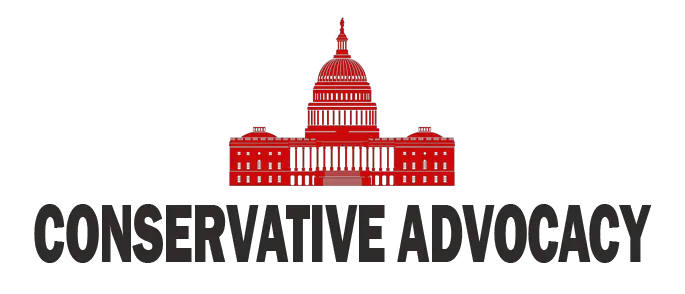In a time long before smartphones and social media, back in the year 1910, a group of seven bankers gathered in secrecy on Jekyll Island, Georgia. What they had in mind was nothing short of revolutionary—or perhaps nefarious, depending on how you look at it. They aimed to create a central bank for the United States, but they were fully aware that calling it a “central bank” would raise plenty of eyebrows and even more protests. So, they decided to disguise their mission under a name that sounded cozy and official: the Federal Reserve.
The backdrop to their secret meeting was the panic of 1907, a time when many banks failed, and fortunes evaporated like morning dew. It was chaos, and just as flowers need sunlight to bloom, these bankers figured they needed to control America’s money supply to prevent future disasters. With a cunning plan, they aimed not only to create economic booms but also to trigger busts—a method they saw as a way to profit regardless of the economic climate. To them, it was like playing a game of Monopoly, where they always needed to be in charge!
Their proposal was audacious: to create money from thin air, lend it to the government, and charge interest. It was a clever way of legalizing what most people would think of as counterfeiting. The bankers realized that for every dollar they printed up, existing dollars would lose value, meaning that they were essentially putting a hidden tax on every American. The sneaky part? As dollars were created, the rich bankers would rake in profits, while the average citizen would unknowingly bear the brunt of the ensuing inflation. And to make things even more alarming, they commented on how eliminating the gold standard would give governments the freedom to print money for endless wars. The phrase “endless wars” combined with “profitable” is a concerning concept indeed.
In a classic political maneuver, the bankers decided they needed a solid strategy to convince Congress to jump on their bandwagon. With most members of Congress away for Christmas on December 23, 1913, the timing couldn’t have been better for pushing through unpopular legislation without much scrutiny. By pretending to oppose their own proposal in public, they hoped Congress would think they were actually putting one over on Wall Street. To the bankers’ delight, their scheme worked, and the Federal Reserve became law.
Once the Federal Reserve was created, the bankers made sure to keep their influence strong. They started funding academic chairs and writing textbooks to teach their economic system as the pinnacle of “economic science.” This meant that generations of Americans born after that point would inherit a massive national debt, making them economically beholden from the time they took their first breath. So, while Americans believed the Federal Reserve was a government entity protecting them from financial disasters, the truth was a stark contrast. The Federal Reserve was anything but federal, and its “reserves” were largely fictional.
In retrospect, the story of the Federal Reserve serves as a lesson in what can happen when a small group of individuals decides to wield financial power behind closed doors. It begs the question: What kind of hidden implications can arise when the heart of a nation’s monetary system is tucked away in shadowy boardrooms? Despite the best intentions, history tells us that with great power comes great responsibility, and the legacy of the Federal Reserve is one that continues to shape America’s economic landscape to this very day. If nothing else, it certainly keeps the bankers laughing all the way to the bank!




